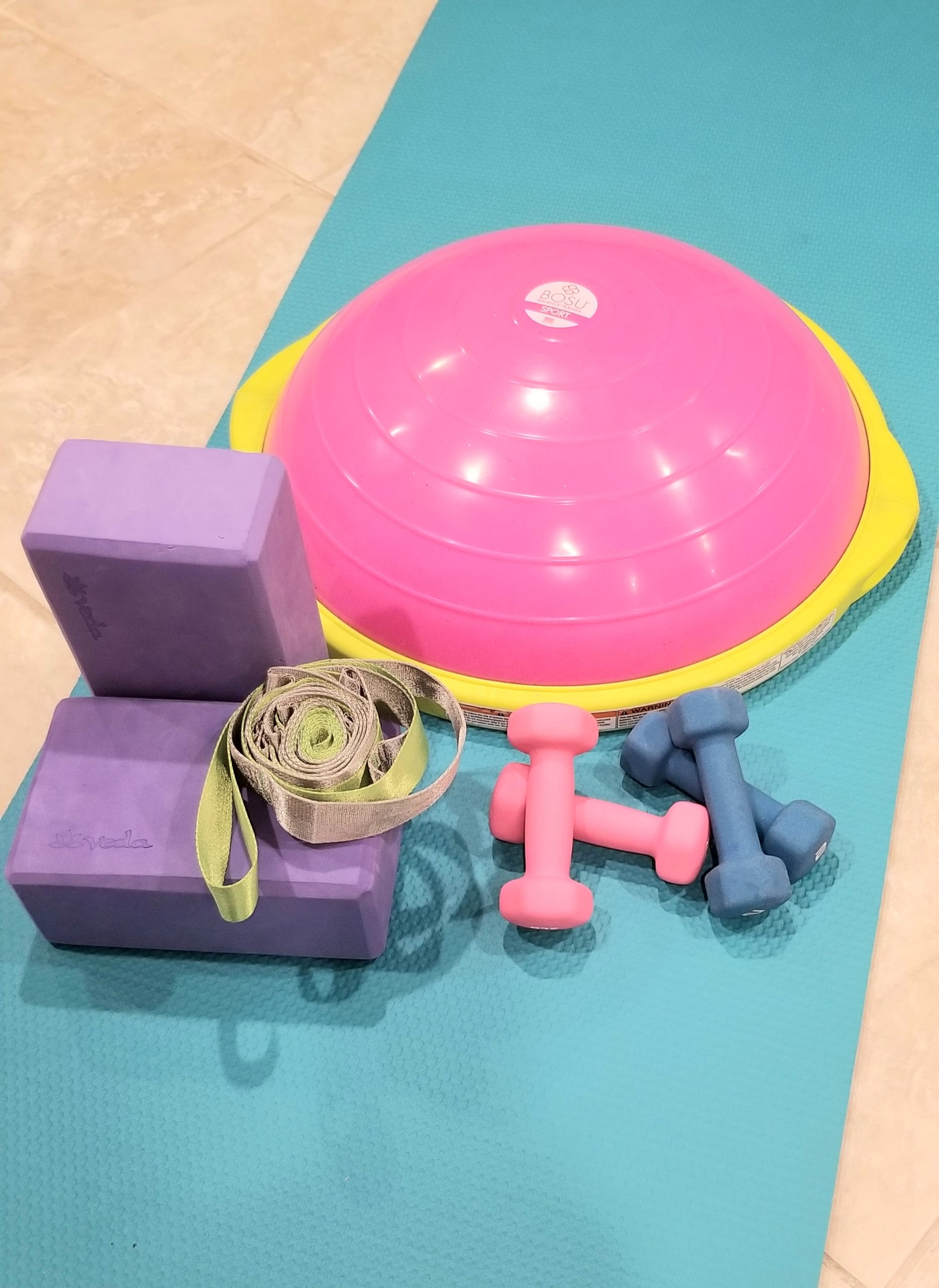
Setting Up a Dance Space at Home – Part 5 – Tools of the Trade
This post contains affiliate links. We may earn compensation when you click on the links at no additional cost to you.
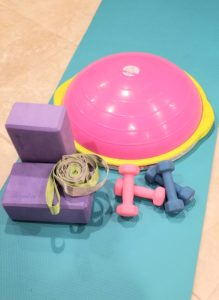
Try as we might, there are just some things we cannot control while setting up an at-home dance space for our kids. When asked what the biggest challenges they faced with home dance practice, parents cited issues like having enough space, technical problems with virtual platforms, and missing the camaraderie (see the original post here). Those factors are mostly beyond our control; as much as we would like to change them, we generally can’t do much about them right now. But what we can do is arm our dancers with the tools they will need to maximize their at-home dance experience.
Some of these may already be in your dancer’s arsenal. If he or she hasn’t been using them, it’s time to blow the dust off and put them to work!
Let’s Bounce (and Balance)!
The Bosu balance trainer (or Bosu ball) was created by David Weck in 1999, and made its debut in the fitness world in 2000. Originally, “Bosu” was short for “both sides up,” because the top and bottom had their own unique uses for reaching fitness goals. Eventually, “Bosu” has come to mean “both sides utilized” to represent a more mindful approach to exercise. Physically, it looks like a yoga ball and large molded plastic Frisbee got together and had a baby (sorry, but I think of that literally every time I look at one).
For dancers, the Bosu can be a useful tool to increase balance by flipping it onto its “bubble” side to create an unstable surface. Pliés, relevés, and passés take on a whole new level of difficulty when done on a Bosu! Lunges, burpees, and other traditional strengthening exercises become somewhat different (and more challenging) on a Bosu because of the instability of the surface. Cardio moves can also find new life on a Bosu; your dancer can literally skip and bounce her way into increased endurance! Honestly, you can easily become overwhelmed with the amount of resources the internet has to offer on how dancers can utilize the Bosu.
Jayden and Jocelyn each have their own Bosu, primarily for their strength and strengthening class at this studio (this is the one we have). It’s a bit smaller than most of the ones on the market, because lugging it back and forth to class twice a week is a bit of a chore as it is. This size is a bit more manageable and fits our needs perfectly. There are tons of off-brand options as well (like this one). To inspire and motivate my girls, I bought this set of cards to give them ideas of what to do when they’re working on their own.
Stretch It Out!
Their versatility, convenience, and usefulness make having a stretch band an absolutely necessity for all dancers. There are many different options, so you need to decide which one (or ones, as we have several) your dancer will get the most out of. This is not an exhaustive list, and I could go on much more extensively about the uses of each one. For the purposes of this blog, I’ll just provide a quick overview of this great tool.
Resistance bands – These are not only great for stretching, but can be used for strength training as well (the upside is that they’re lighter and easier to transport than weights). Popular uses include physical therapy and pilates as well as dance and general fitness. Many are made of latex and come in a set of increasing thickness for added resistance (I strongly suggest buying a set to adjust intensity as needed). Looped options are also available. If you are only going to purchase one type of strap, it should be this one; there are countless ways to use them, so they offer more options than the other straps listed here.
Yoga straps – These are fairly new and are great for users of all ages. Basically, it’s a length of nylon with loops built in so that the user can place a foot or ankle in them. Then, you would gently tug to stretch the higher than it would go on its own. Here is the one we have; I’ve even used it myself (and am not nearly brave enough to post a picture of that).
Door straps – With these simple kits, a durable strap runs through a D ring that is anchored behind a closed door. The dancer places a foot in a loop at the end of the strap, and he or she pulls on the other end to lift the leg up. In my experience, these work best with older dancers (or younger ones that are more disciplined). When I first bought this one a year or so ago, my girls used it as a torture device on each other (true story), but they settled down after getting the giggles out. Quite honestly, we don’t use this nearly as much since we got the yoga strap, but some dance families swear by them.
Block It Out
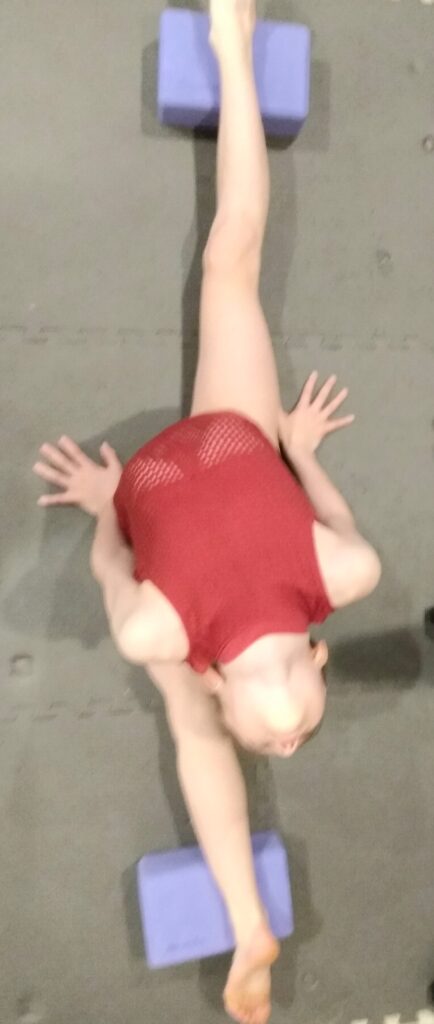
A set of yoga blocks is one of the lowest-maintenance tools you can get for your dancer. As they do in yoga, they can be used to make modifications to different forms of exercises to adjust the intensity. But yoga blocks can also be used to increase a dancer’s flexibility (the Shen Yun performers, known for their amazing elasticity, have a page on their website that demonstrates exercises for the legs, back, and shoulders. Again, a quick internet search can produce countless suggestions on how best to use. They are very inexpensive and easy to find (this is similar to the set we have).
What’s Weighing You Down?
(I have to give Jocelyn credit for this heading!)
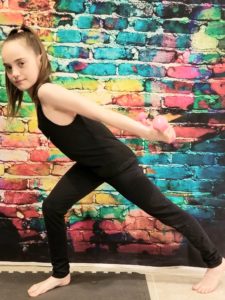
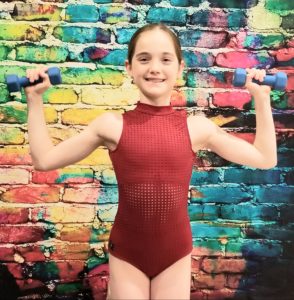
We’re not talking “I pick things up and put them down” kind of weights here. For a dancer’s purpose, lighter weights are better to produce that desired “long and lean” look (as opposed to the Arnold Schwarzenegger-esque, bulky, bulging muscles). Light free weights are easy to get and use for countless exercises (we have this set; I borrow them when I’m doing my at-home workouts). Some dance schools are encouraging ankle weights, but just be careful; most experts agree that using heavy ankle weights during leaps, turns, tricks, and other technical moves could do more harm than good. For traditional strengthening exercises, though, they should work well (this set is a best seller on Amazon).
Mat Finish
If your floor is cushioned in some way, your dancer may not need this extra layer of protection. But if he or she is working on hardwood, tile, or some other unforgiving type of surface, floor work (including stretching and strengthening exercises) could be horribly uncomfortable (and possibly dangerous) without some buffer between the floor and the body. Yoga mats an inexpensive but valuable investment (this one is highly rated and comes with a carrying strap), so it’s worth considering if you don’t already have one.
By having this equipment on hand, you will be enabling your dancers to make the most of their at-home dance experience. Once we get back into the studio, these items can still be used regularly (by all members of your household). As always, your dancer should research how best to use this equipment before diving in. Young or inexperienced dancers should be supervised while using these tools, so they develop correct form and reduce the risk of injury. If you’re unsure, it is best to check directly with a professional that knows your child and can offer sound advice.
Work hard, have fun! – Danielle
This post contains affiliate links. We may earn compensation when you click on the links at no additional cost to you.
What other tools does your dancer use? Post your comments below!
Does your dancer need some motivation to practice their craft at home? Check out these 10 tips!

#sadness
You May Also Like
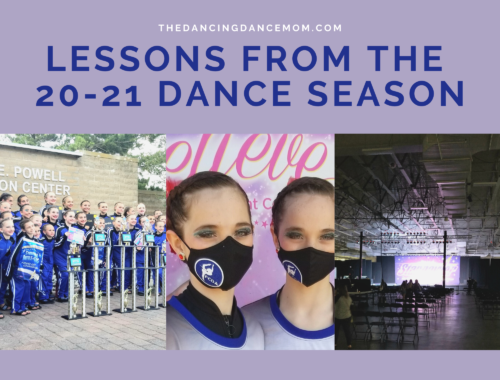
Lessons From the 20-21 Dance Season
August 17, 2021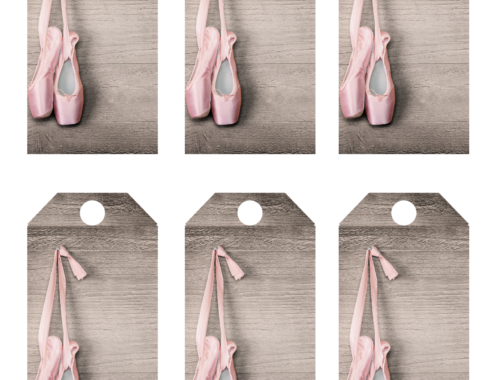
Perfectly Printable Dance Gift Tags
December 21, 2021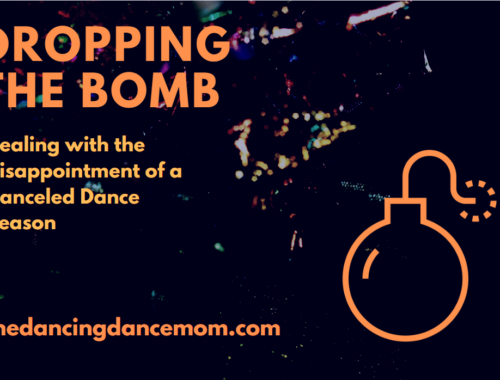
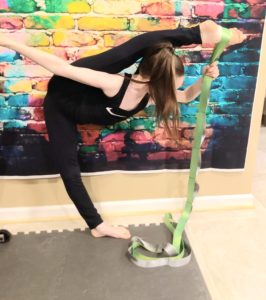
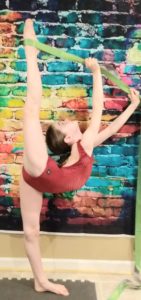


2 Comments
Jennifer
It’s cool you have set up a place for them to practice at home. My granddaughter dances, I could lend her my bouncing thing.
Danielle
That’s great! Thanks for commenting!